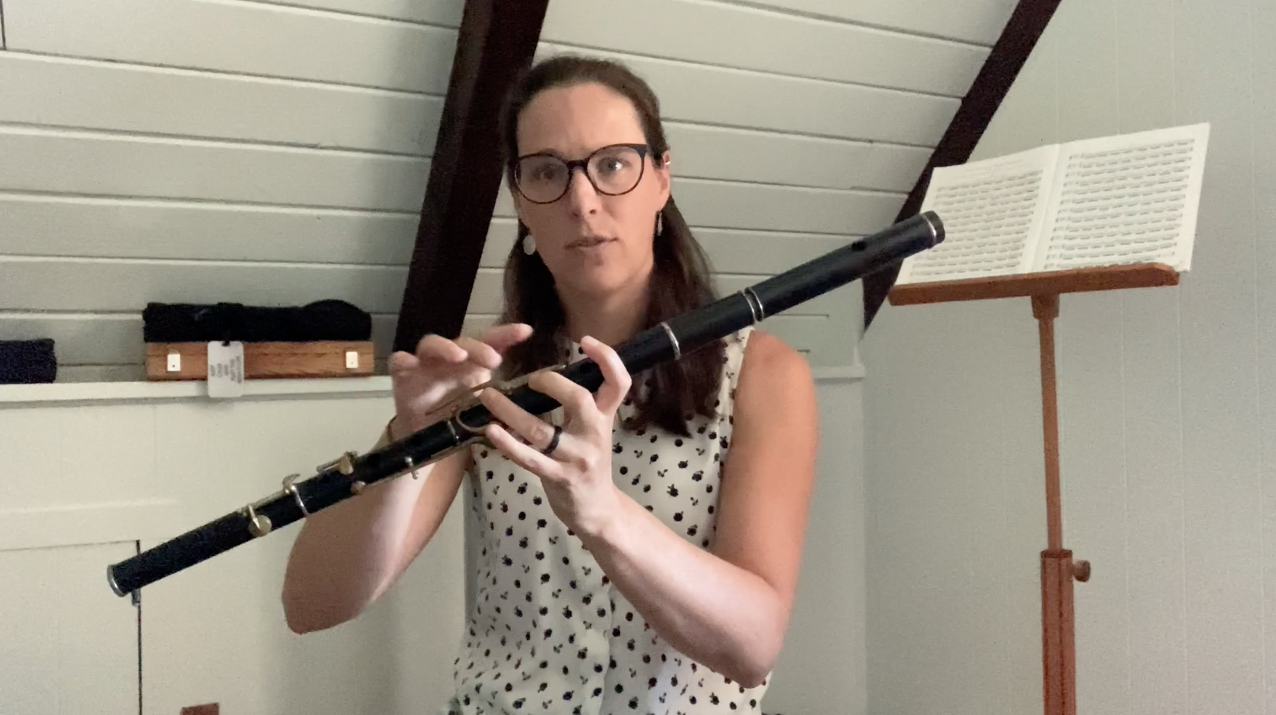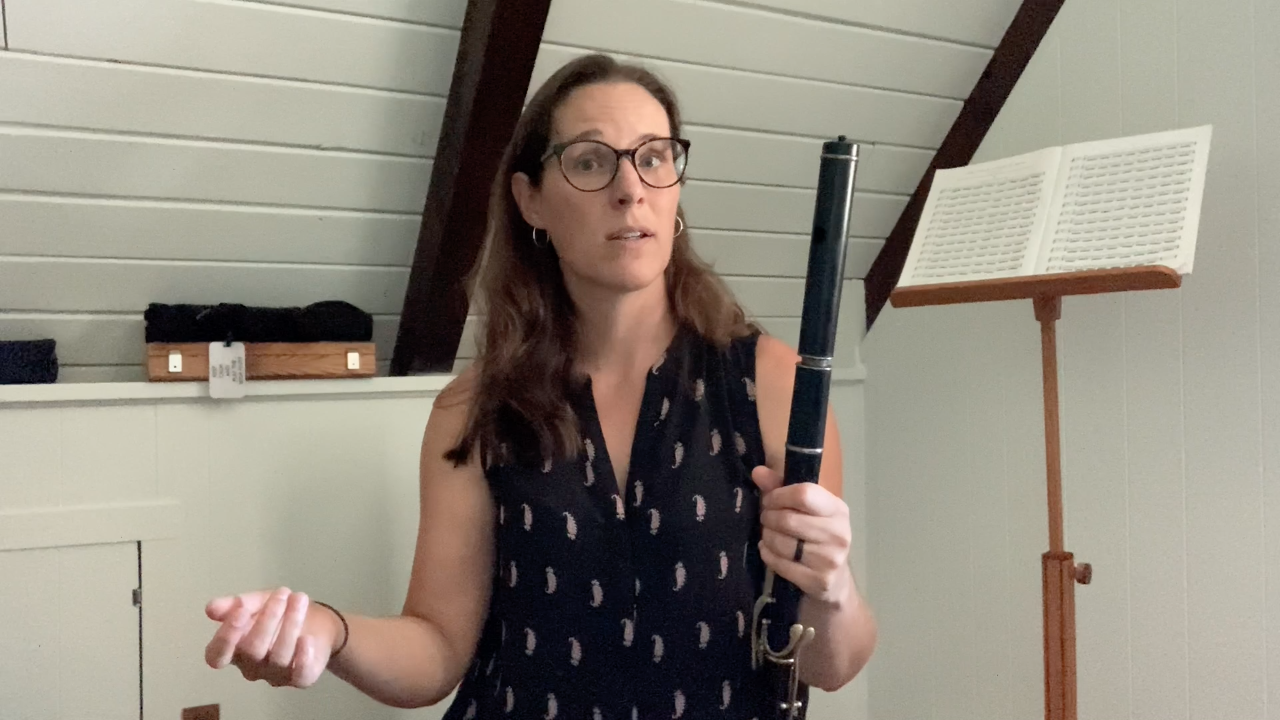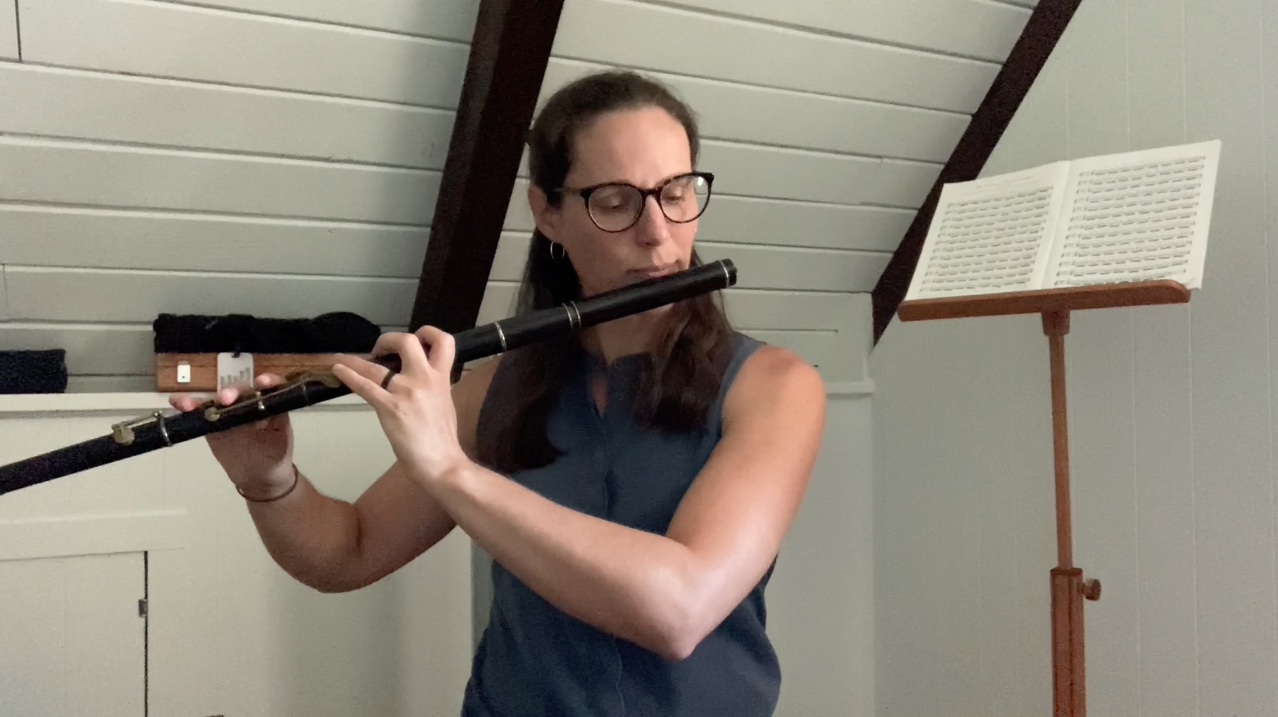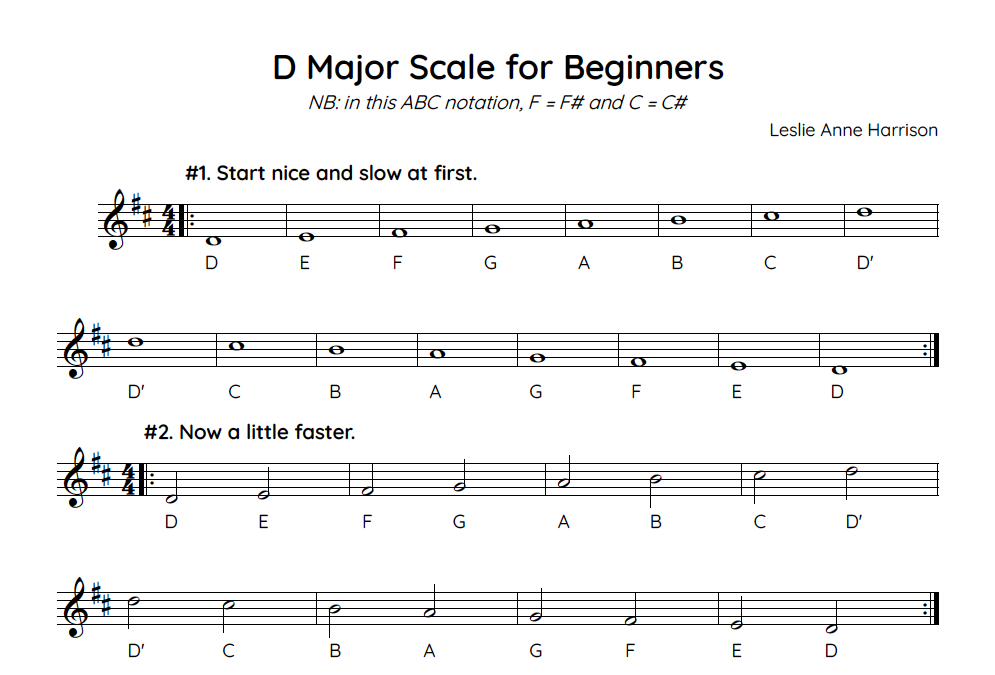Articulation in Irish Traditional Music
Articulation is the method by which a note is begun. For many flute players, the standard method of articulation is to tongue the beginning of a note by saying “ta” or “too.”
In western classical music, articulating notes with a tongued attack like this is the default. This means that unless something is marked in the music specifically saying otherwise, every note is started with a tongued attack.
In contrast, the default in Irish traditional music is to slur notes together. This means that notes are played in a single breath without any tongued attacks. Although Irish traditional music is a largely aural tradition (learned by ear), there are many transcriptions of tunes out there in the world—and available on this site. When you’re looking at sheet music and ABC notation here, assume that the default is to slur everything together unless I’ve marked otherwise.
Repeated notes that might blend together under a slur are often separated with breath or finger ornamentation such as glottal, cuts, or taps. If you’re just starting out and don’t know these techniques yet, you can separate repeated pitches with a very gentle “doo" attack against the roof of the mouth. This is in stark contrast to a classical “too” attack, where the tongue strikes the back of the front teeth.
How important is all this? Really important!
In my opinion, one of the surest ways to make an Irish traditional tune not sound quite right is to tongue every single note with a sharp, crisp, classical “too.” If you’re new to Irish traditional music, I recommend tonguing just the first note of a phrase, lightly tonguing repeated notes, and slurring everything else together until your next breath.
Happy slurring!

© Leslie Anne Harrison 2022. All rights reserved.

























